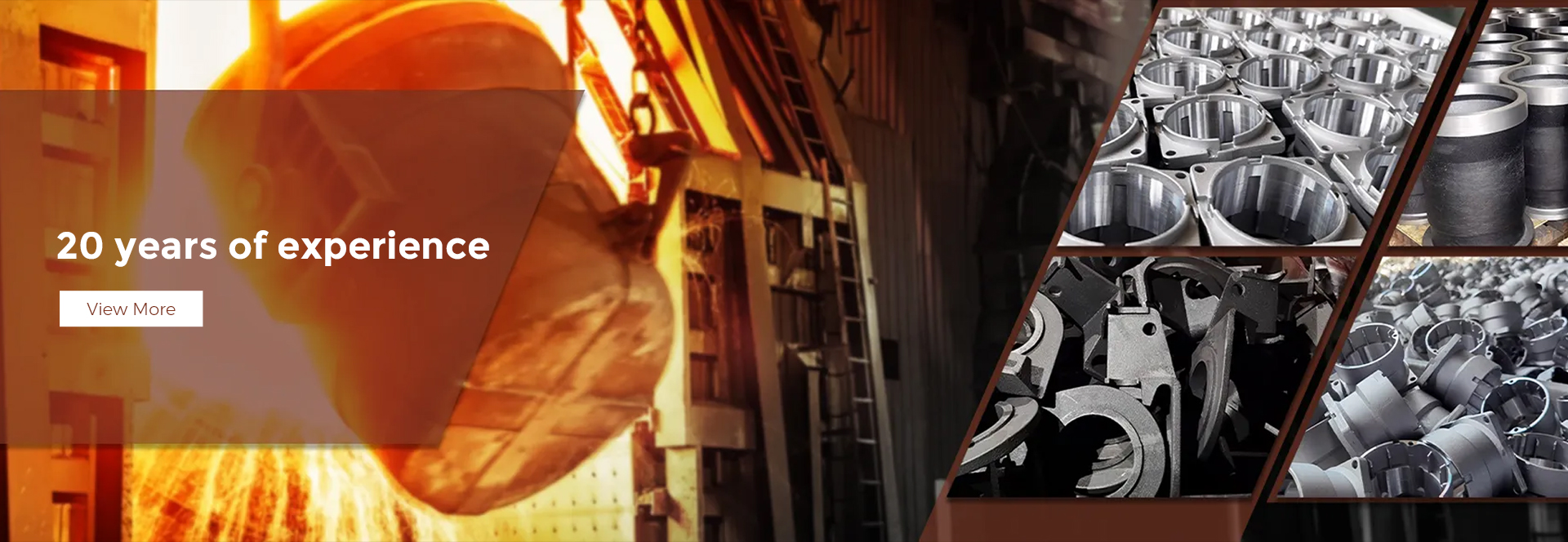Mobile:+86-311-808-126-83
Email:info@ydcastings.com
gravity casting aluminium
Gravity casting, a widely used method in the manufacturing industry, particularly for aluminum components, has gained considerable attention for its efficiency and quality. This technique involves pouring molten aluminum into a mold through the force of gravity, allowing for a clean and precise casting process. This article explores the fundamental aspects of gravity casting aluminum, its advantages, applications, and considerations for manufacturers.
Understanding Gravity Casting
Gravity casting is characterized by its relatively straightforward process. The basic operation starts with the creation of a mold, typically made from steel or iron, which is designed to withstand the high temperatures of molten aluminum. Once the mold is ready, molten aluminum is poured into it, filling the cavity by gravity. The liquid metal cools and solidifies, taking the shape of the mold. After cooling, the mold is removed, and the finished casting can be subjected to additional processes as needed.
Advantages of Gravity Casting Aluminum
1. High Precision and Detail One of the standout features of gravity casting is its ability to produce parts with high dimensional accuracy and detail. The process allows for the fabrication of intricate designs and complex geometries, which can be challenging to achieve with other casting methods.
2. Excellent Surface Finish The method typically results in a smooth surface finish, reducing the need for extensive post-processing. This quality is particularly important in industries where aesthetic appeal and dimensional accuracy are vital, such as automotive and aerospace.
3. Strength and Durability Gravity-cast aluminum components tend to have superior mechanical properties, including strength and durability. The solidification under gravity minimizes the likelihood of defects such as porosity, resulting in a denser and stronger final product.
4. Cost-Effectiveness While the initial setup for molds can be higher than other methods, gravity casting is often more cost-effective for medium to high production volumes. The durability of the molds and the less waste generated during the melting and pouring process contribute to lower overall production costs.
gravity casting aluminium

Applications of Gravity Casting Aluminum
Gravity casting is employed across various industries due to its versatility. In the automotive sector, components such as engine blocks, transmission housings, and wheels are commonly produced using this method. The aerospace industry also benefits from gravity casting for manufacturing critical parts that require high strength-to-weight ratios.
Additionally, consumer goods, electrical housings, and marine components are often crafted using gravity casting. Its ability to produce lightweight yet strong parts makes aluminum a preferred choice in these applications, especially where performance and fuel efficiency are crucial.
Considerations for Manufacturers
While gravity casting offers several benefits, there are important considerations for manufacturers to keep in mind. The quality of the mold design significantly impacts the final product; hence, investing in high-quality mold materials and precise engineering is essential. Moreover, the temperature control of molten aluminum during pouring plays a crucial role in determining the properties of the finished casting.
Manufacturers must also be aware of potential challenges such as shrinkage and solidification defects, which can affect the integrity of the product. Proper techniques, such as controlling pouring rates and using risers, can help mitigate these issues.
Conclusion
In summary, gravity casting is an effective and efficient method for producing aluminum components that meet high standards of quality and durability. Its advantages, including precise dimensions, excellent surface finishes, and overall cost-effectiveness, make it a popular choice across various industries. By carefully considering the design and manufacturing processes involved, companies can leverage gravity casting to enhance their production capabilities and deliver superior products to their customers. As the demand for high-quality aluminum components continues to grow, gravity casting will remain a vital method in the manufacturing landscape.
-
Understanding Metal Casting TechniquesNewsApr.02,2025
-
Understanding Exhaust Manifolds for Enhanced Engine PerformanceNewsApr.02,2025
-
The World of Metal FabricationNewsApr.02,2025
-
Key Components for Pump and Turbo EfficiencyNewsApr.02,2025
-
Essential Tools for Automotive Maintenance and RepairNewsApr.02,2025
-
Durable Valve Components for Effective Water ManagementNewsApr.02,2025











